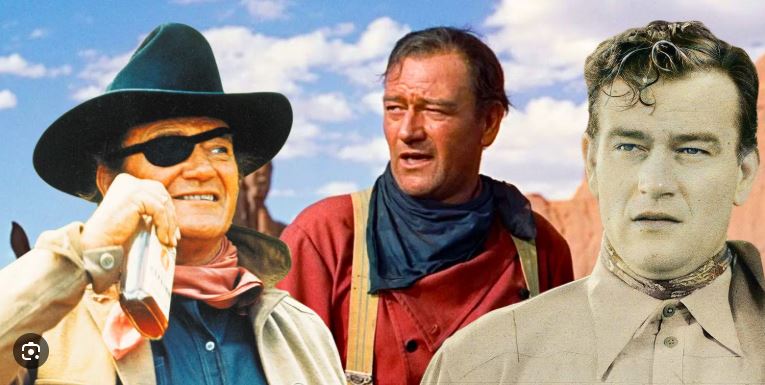There are some names in the world of cinema that fly out of the collective consciousness as quickly as they fly in. To find yourself truly emblazoned across the annals of film history is to have achieved a feat that very few people can attest to having done. Being allowed to have a space on the dusty old book of cinema usually comes after having delivered an unforgettable career. Despite now being rightly regarded as one of Hollywood’s most problematic figures, John Wayne‘s contribution to cinema is hard to ignore.
His many roles across the spectrum of the art form will keep his name etched in film history for decades to come. However, if there was one area in which Wayne thrived then it had to be the gun-toting, horse-riding, white-hat-wearing world of the western. But while he may rightly be considered cinema’s greatest cowboy, not every movie he delivered in the open range was a prize buck.

Wayne’s journey to stardom began with bit parts in silent movies during the 1920s. However, it was in the 1930s that he gained recognition with a series of roles in B-westerns. His breakout came in 1939 with John Ford’s Stagecoach, a film that not only elevated Wayne to leading-man status but also marked the beginning of a prolific collaboration with Ford, with whom he would share a storied career.
John Wayne and John Ford forged one of Hollywood’s most iconic actor-director collaborations, spanning over 20 years. Their partnership produced legendary movies, and Ford’s masterful direction combined with Wayne’s commanding presence created enduring classics that shaped American cinema.
Throughout the 1940s and 1950s, Wayne solidified his image as the quintessential American hero, often portraying cowboys, soldiers, and lawmen. His roles in films like 1948’s Ford-directed film Fort Apache, She Wore a Yellow Ribbon from the following year, and Rio Bravo in 1959 showcased the charisma, rugged charm, and commanding presence that made him a star. Gaining his first Academy Award for ‘Best Actor’ a year later for Rio Bravo, one thing is for sure: Wayne knows what makes a good western.
It means his damning verdict on one of his later movies Cahill U.S. Marshal all the more telling. The 1973 movie was certainly set in the same timeframe with which Wayne had become accustomed, dealing with a marshal, J D Cahill, as his two sons become involved with a noted outlaw. But rather than being drenched in blood and bellyflops into the sand, the project focused most intensely on the father-son relationships.
Speaking with The Film Heritage, Wayne noted the movie as his worst western. While the core theme of the project was something Wayne could connect with, he felt the movie fell short of the quality he was usually associated with, noting: “It just wasn’t a well-done picture. It needed better writing, it needed a little better care in making.”
Wayne was a lot of things to a lot of different people. To some, mostly his diehard fans, he operated as one of America’s earliest superheroes at a time when ravaged by war, the country needed a face to believe in. For others, mainly his co-stars, Wayne was a difficult man to be around, brutish and brash in all the wrong ways. But, one thing John Wayne can always be attributed to is his unbridled honesty.
The movie was just one of Wayne’s 179 acting credits in cinema and television productions, and therefore, his comments cast a long shadow over Cahill U.S. Marshal.
